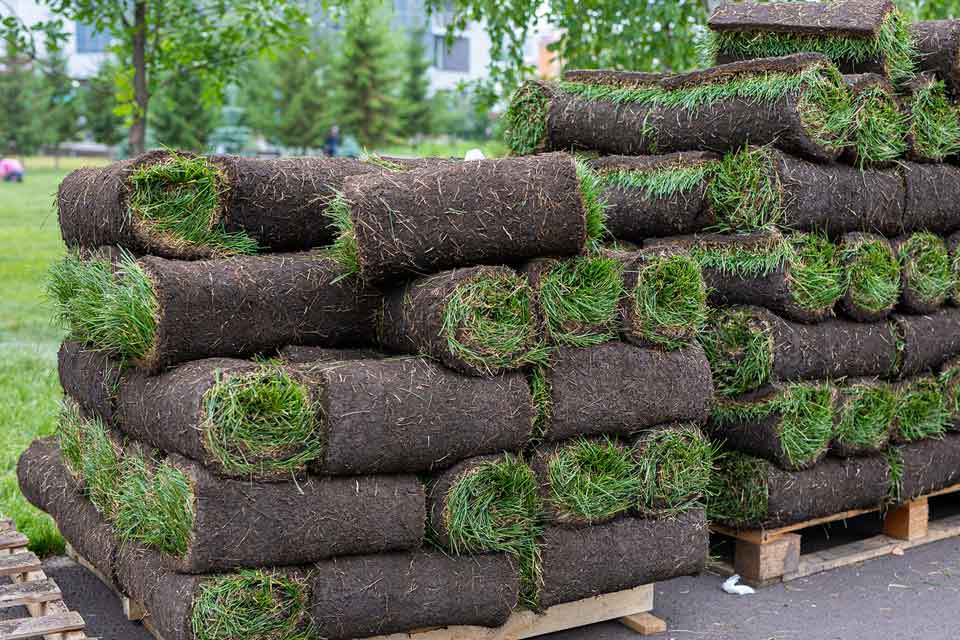How To Lay Turf
Are you starting a garden project and are finding yourself asking “How do I lay grass turf?”. Laying new grass turf sounds like an easy task to carry out. However, it isn’t as simple as it initially sounds and unless you follow a careful plan, you could find that your lawn doesn’t look as good as you had hope. By following the steps below you can ensure that you give your new turf the best chance of taking well.
Removing old lawn turf
When it comes to digging up old turf it can be tempting to get the spade out and just get going. However, you will soon find that this approach is both time consuming and tiring. Instead of trying to dig large swatches of grass up in one go; you should take a more considered approach. Take your spade or a lawn edger and cut the lawn into rows about 12 inches wide. Next, cut each row leaving about 18 inches so that you end up with pieces that are 12 x 18 inches.
Now start working your way along the first row, attacking each piece along the side that measures 12 inches. A couple of well aimed thrusts should see the spade lift the piece of turf ready to be moved. However, you should carry on to the end of the row until all the pieces have been lifted and then remove them one piece at a time, to your truck skip or whatever method you are using to dispose of the turf. This method will save time, energy and give your body a rest between different actions.

Preparing soil before laying grass turf
In order for your new grass turf to root well you need to take some time to prepare the soil. Dig the soil over to a depth of about 4-6 inches, making sure that you pick a day that is neither to hot or too cold. If the soil is especially compacted, or you have a large area to cover, then you should consider hiring a rotavator for the morning.
Once the soil has been cultivated you can begin raking through it with the aim of creating a flat and smooth surface. Remove any large stones or other debris as you go and break up larger chunks of soil. If the soil quality appears to be relatively poor, or you need to increase the level in any areas, then you can apply some topsoil.
Now you should tread down the soil, which will give the lawn a solid base to grow on and also allow you to see any areas of the surface that are not of the desired level. Again you can fill in any lower areas with topsoil and rake out any bumps.
Fertilising the soil correctly
Preparing to lay your turf
Laying the turf
When you begin laying the turf; be sure to start in a corner that is bordered by fences or walls, otherwise it could prove problematic if you leave it until last. Begin laying by rolling the turf out in straight lines. Offset each row so that the joins do not meet, as you would when laying tiles for a patio. When you get to the ends of each row you should cut the turf using a lawn edger or sharp knife. Be sure to use planks or boards on top of the laid turf to prevent walking directly on the grass plant. Once you have laid the full lawn you should then use the planks to walk all over it. Pay special attention to the corners and edges to make sure that the pieces join together properly and do not curl up.
Aftercare of your new lawn
This article is published by Ultimate Home Improvement blog uk




